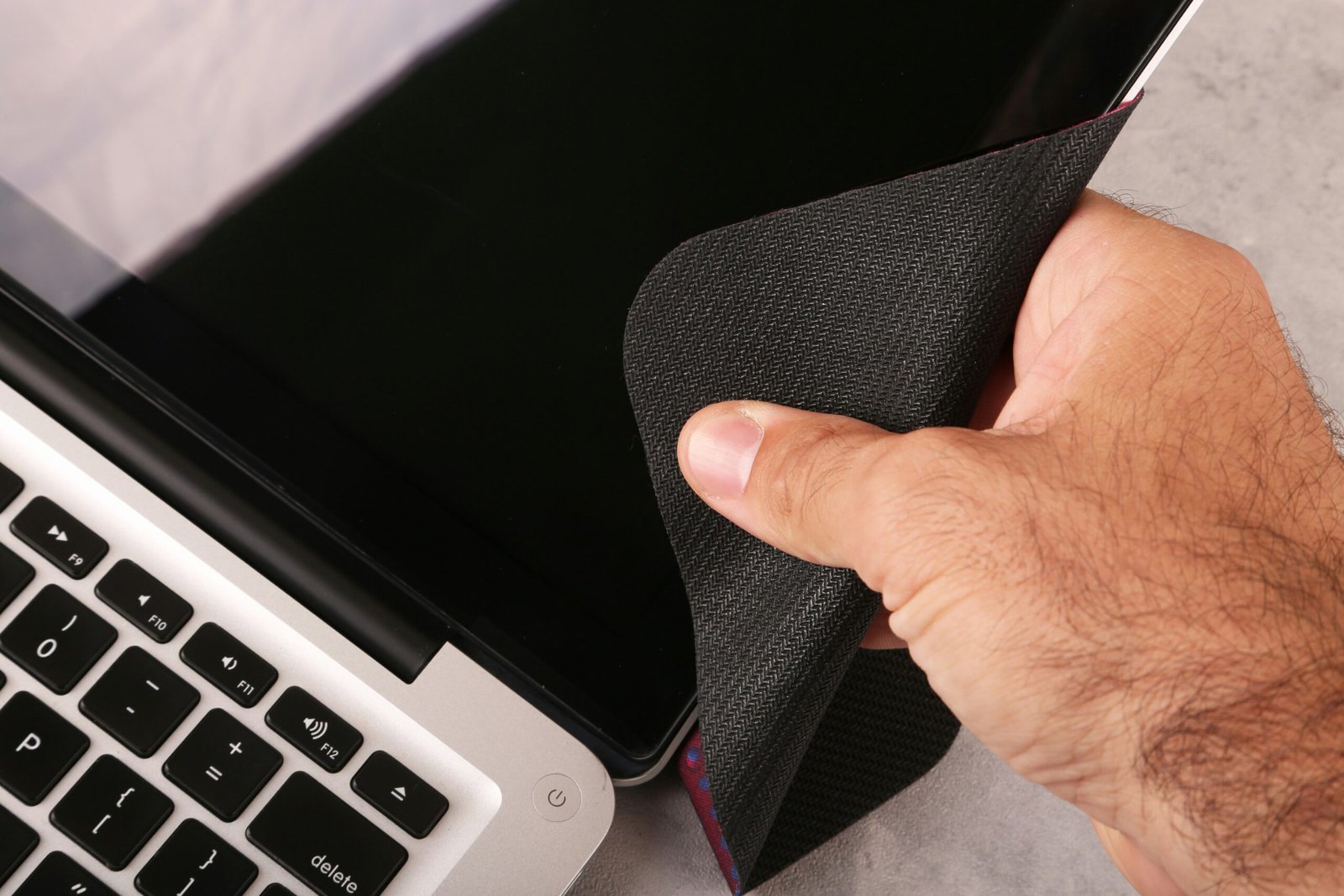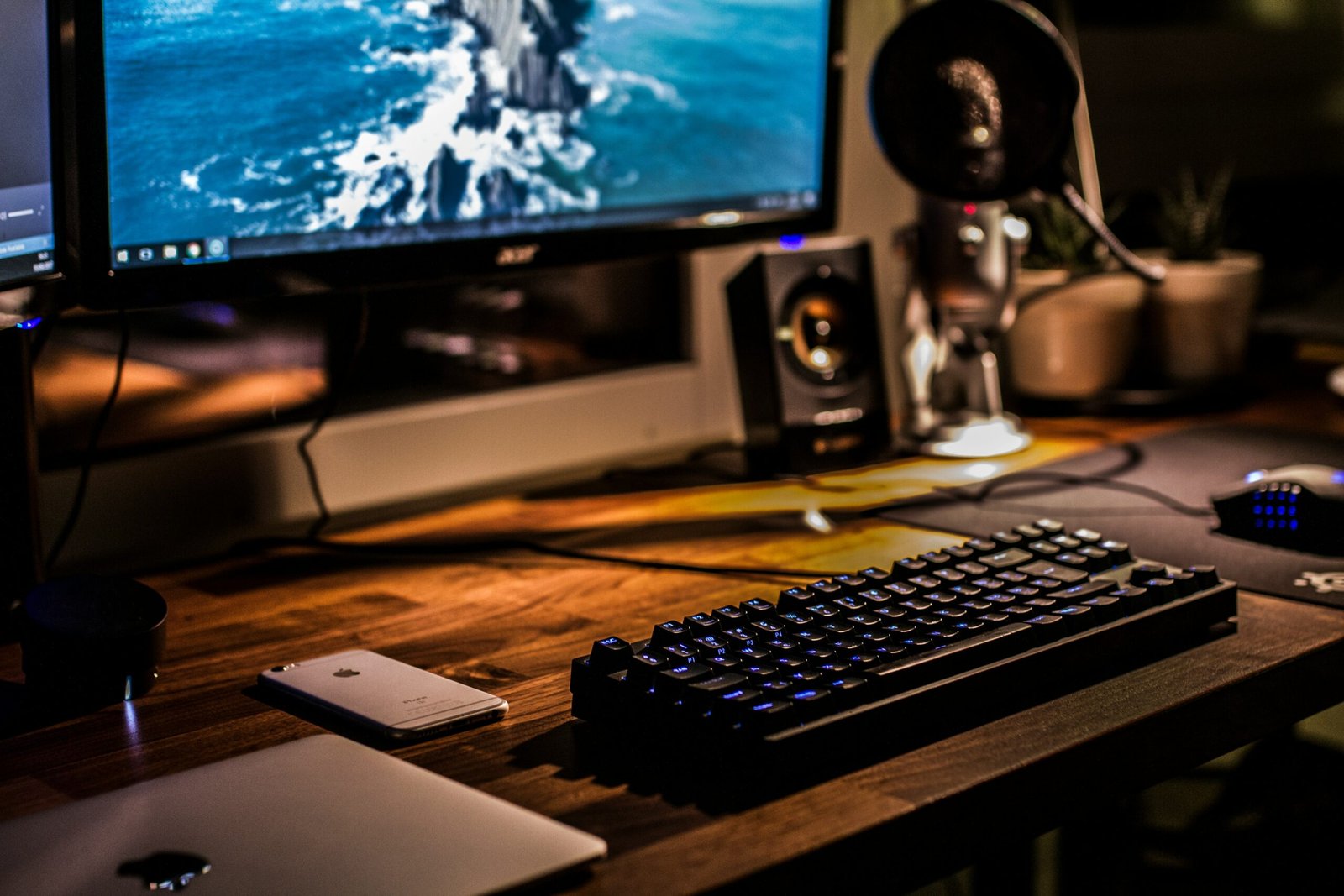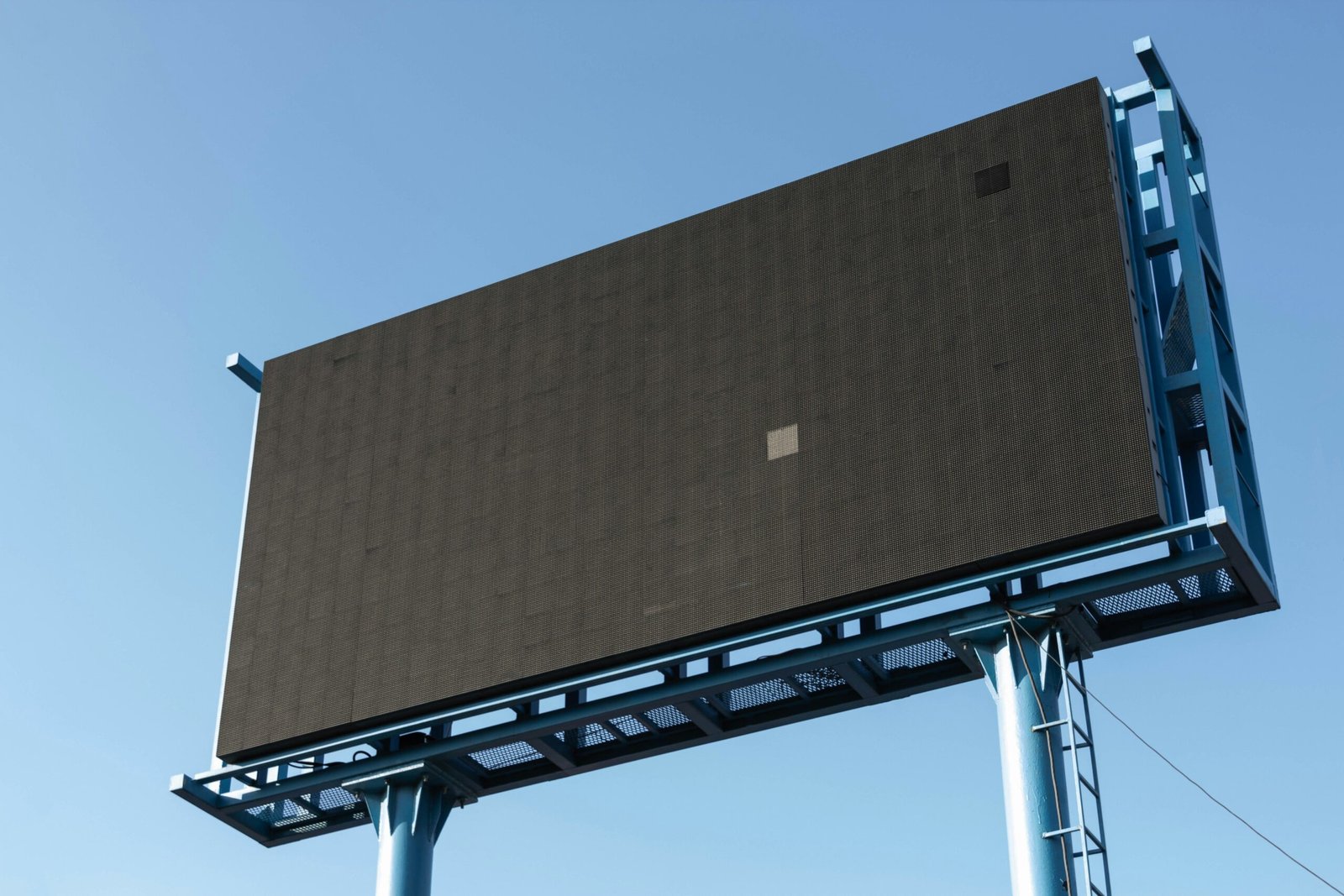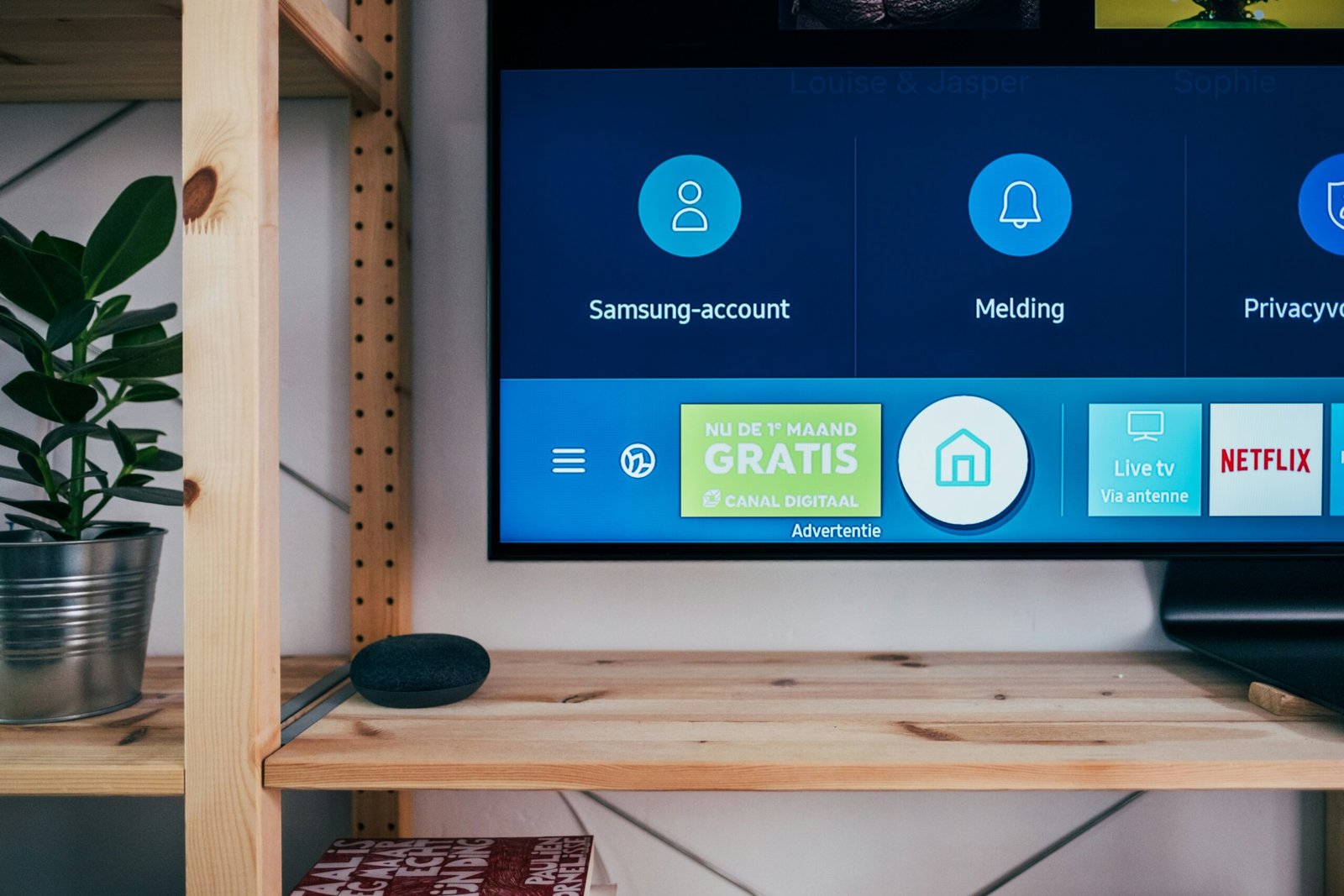Can I Use Windex to Clean My LCD Screen?
“`html
Understanding Your LCD Screen
Liquid Crystal Display (LCD) screens are a common fixture in contemporary electronics, playing a crucial role in smartphones, tablets, televisions, and computer monitors. These screens are constructed from several delicate layers, including a thin film transistor layer to control pixel color, a layer of liquid crystal material that adjusts the display’s opacity, and a protective outer layer typically made of a thin polymer or glass. These intricate layers work together to produce high-quality images with vibrant colors and sharp contrasts.
The intricacies of an LCD screen make it vulnerable to damage from improper cleaning methods, including the use of harsh chemicals or rough materials. Windex and similar glass cleaners often contain ammonia or alcohol, which can erode the protective coatings or seep through and damage the liquid crystal layer. This can result in blurry spots, discoloration, or complete failure of the display. Even minor scratches from using abrasive materials can disrupt the smooth surface, scattering light and degrading image quality.
Because of their sensitive composition, LCD screens require gentle care. When cleaned improperly, the immediate consequences can include streaks or residue that obscure the display. Over time, repeated exposure to unsuitable cleaning agents can lead to gradual deterioration, causing lasting issues such as reduced brightness, color distortions, or permanent marks on the screen. These issues significantly detract from the user experience and can ultimately shorten the product’s lifespan.
Thus, understanding the fragile nature of LCD screens underscores the importance of adopting recommended cleaning practices. By using mild, screen-safe cleaning solutions and soft, lint-free cloths, you can maintain the display’s integrity and ensure prolonged optimal performance. Being mindful of the unique vulnerabilities of LCD screens is crucial to preserving the quality and longevity of your devices.
“`
The Risks of Using Windex on LCD Screens
While Windex is a well-known and widely-used glass cleaner, its suitability for cleaning LCD screens is highly questionable. The primary concern lies in the chemical composition of Windex, particularly its inclusion of ammonia. Ammonia, known for its effectiveness in breaking down grime, is unfortunately too harsh for the delicate surfaces of LCD screens.
When ammonia interacts with an LCD screen, it can cause several types of damage. One immediate impact may be discoloration. The harsh chemicals can strip away the anti-reflective coating, leading to areas of the screen appearing faded or overly glossy. Over time, continued use can result in permanent discoloration, leaving the screen irreparably marred.
Streaks are another common consequence of using Windex on LCD screens. The liquid may leave behind residues that are difficult to remove, causing visual distortions when the screen is in use. These streaks are particularly noticeable when the screen is illuminated, making it challenging to enjoy media or use the device for professional purposes.
Furthermore, there is a risk of permanent damage to the screen’s surface. The chemicals in Windex can erode the protective layers that manufacturers apply to LCD screens. Once this layer is compromised, the screen becomes more susceptible to scratches and other physical damage, reducing its overall lifespan.
In summary, the use of Windex on LCD screens poses significant risks due to its ammonia content. From discoloration to streaks and potential permanent surface damage, employing such a harsh cleaner can lead to costly repairs or even the need for a full screen replacement. It is essential to use cleaning agents designed specifically for LCD screens to maintain their integrity and ensure long-term usability.
Safe Cleaning Alternatives for LCD Screens
Maintaining the clarity and lifespan of your LCD screen hinges on employing proper cleaning methods that prevent potential damage. A variety of safe and effective alternatives to commercial glass cleaners, such as Windex, exist and are highly recommended for LCD screens. Key among these are microfiber cloths, distilled water, and specialized LCD cleaning solutions.
Microfiber cloths are an excellent choice due to their soft texture and ability to capture dust and fingerprints without scratching the screen. Unlike paper towels or regular fabric, microfiber cloths do not leave behind lint or cause abrasions. They are instrumental in preserving the pristine condition of the screen surface.
Distilled water is another safe option, particularly when paired with a microfiber cloth. Tap water contains minerals that can scratch the screen or leave water spots. By using distilled water, you ensure that no such residues are left behind. For tougher grime, mix distilled water with a small amount of isopropyl alcohol (70% or lower concentration) to create a gentle cleaning solution.
Commercially available LCD or plasma cleaning solutions are specifically designed for electronic screens. These products are formulated to clean effectively while avoiding any potential damage to the screen’s delicate components. When selecting a cleaning solution, ensure it does not contain ammonia, acetone, or other harsh chemicals.
To clean your LCD screen properly, follow these steps:
1. Turn off and unplug the device to avoid electrical hazards and ensure you can clearly see any smudges or dust.
2. Gently remove loose dust particles using a dry microfiber cloth in a circular motion.
3. Apply a small amount of distilled water or a designated LCD cleaning solution to a clean microfiber cloth—never directly onto the screen.
4. Wipe the screen with the dampened cloth using gentle, circular motions. Avoid pressing too hard to prevent damage to the screen’s surface.
5. Use a dry section of the microfiber cloth to gently buff and dry the screen, removing any streaks or remaining moisture.
By employing these recommended cleaning materials and methods, you can ensure the long-term quality and functionality of your LCD screen. These safe practices not only enhance visibility but also extend the overall lifespan of your electronic device.
“`html
Additional Tips for LCD Screen Maintenance
Regular maintenance of your LCD screen is essential for ensuring both its longevity and optimal performance. A critical first step in this regard is routine dusting. Using a microfiber cloth, lightly swipe the screen weekly to prevent the accumulation of dust particles which can obscure display clarity and, over time, cause scratches.
Another important practice is to avoid applying excessive pressure while cleaning. LCD screens are sensitive and can easily be damaged by strong physical force. Gentle, circular motions with a soft, damp cloth will suffice for more stubborn smudges. Refrain from using paper towels or any abrasive materials which can scratch the screen surface.
Preventing spills and stains is equally significant. Always keep liquids away from your LCD screen to avoid accidental spills. In the unfortunate event of a spill, act quickly to blot the substance rather than wiping, to minimize the risk of it seeping into the screen’s edges.
Immediate attention to smudges or dirt is a wise habit to cultivate. Promptly addressing these blemishes not only preserves the screen’s appearance but also prevents the buildup of organic material that can become increasingly difficult to remove over time. If a mark proves challenging, consider using a screen-safe cleaner, making sure to apply it to the cloth rather than directly on the screen.
Finally, be mindful of the surroundings and environmental conditions where your LCD screen is placed. Keeping the screen out of direct sunlight can prevent overheating and prolonged exposure to UV rays, which can degrade the display quality. Similarly, maintaining a stable, moderate room temperature can further safeguard the sensitive components within the LCD screen.
By integrating these best practices into your regular maintenance routine, you can ensure that your LCD screen remains in pristine condition for years to come.
“`







